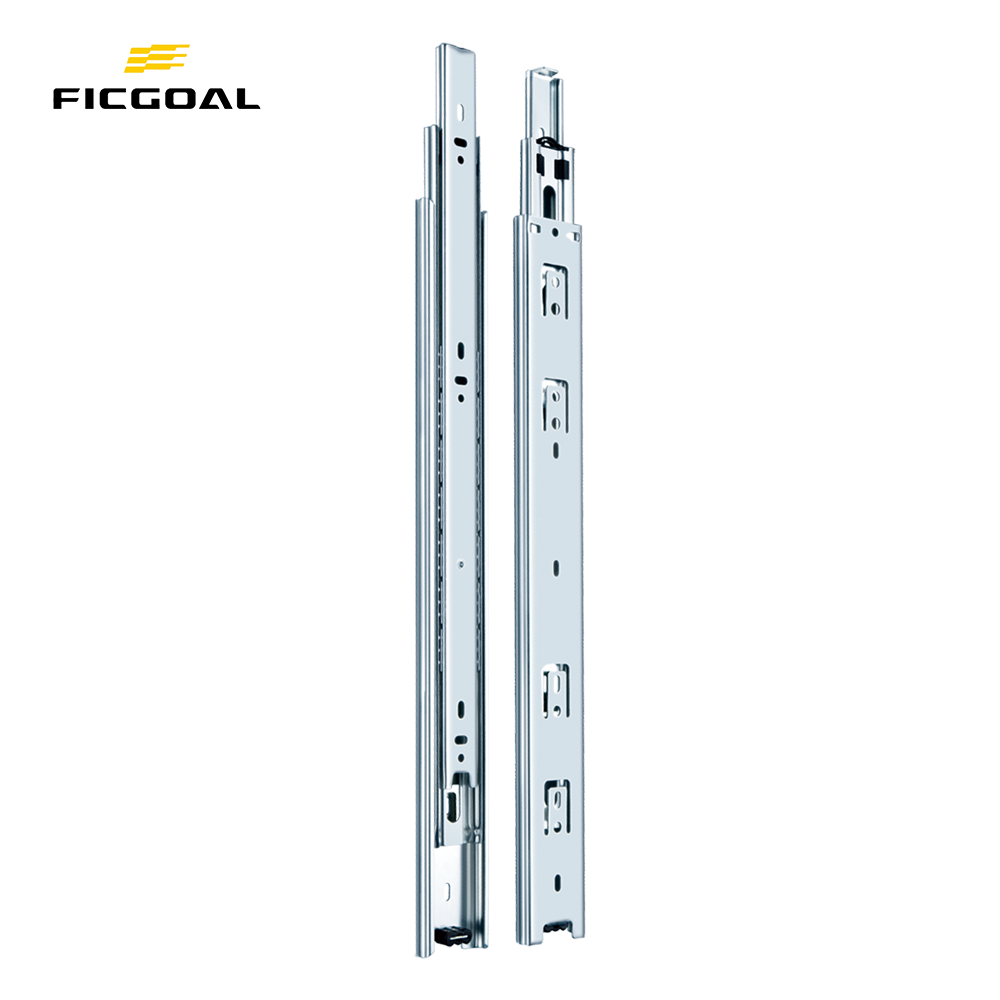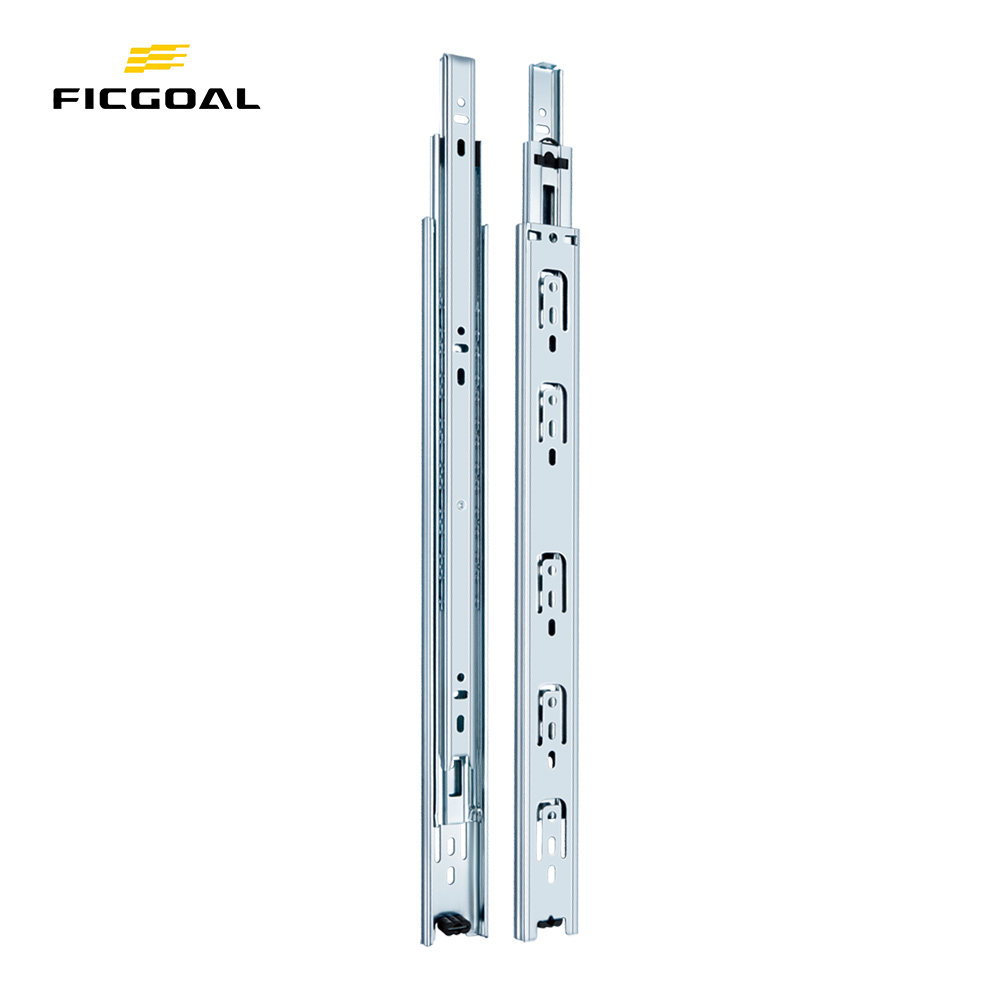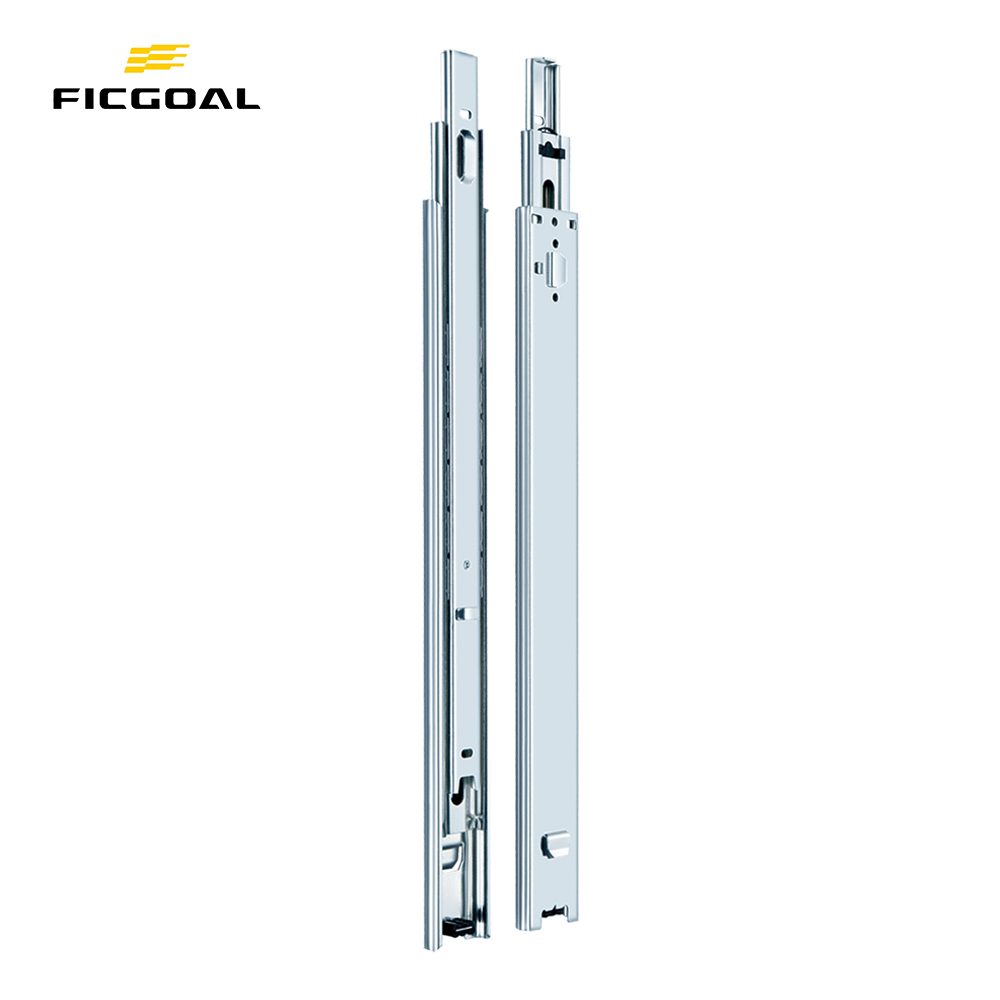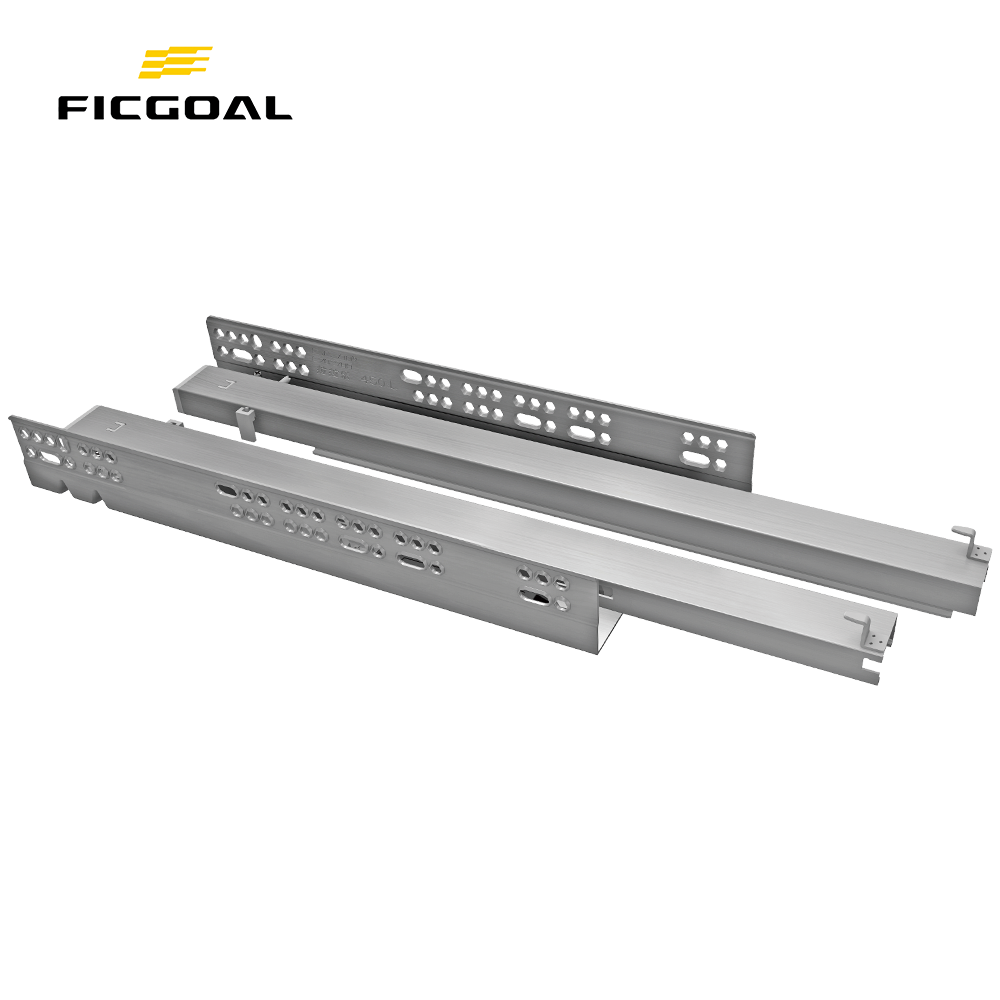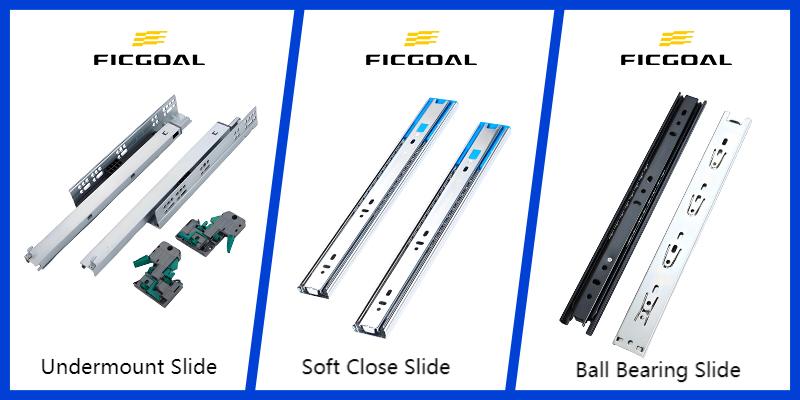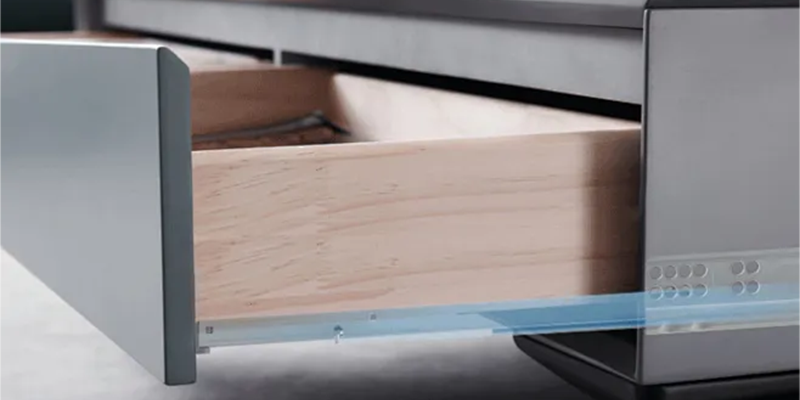INTRODUCTION
Imagine finishing a kitchen remodel—new counters, fresh paint, perfect cabinets—only to deal with a drawer that squeaks and sticks halfway open. Chances are, the problem boils down to the drawer slide you picked weeks ago. Not all drawer slides work for every job, which is why we're breaking down the three most popular types: ball-bearing drawer slide, soft-close drawer slide, and undermount drawer slide. By the end, you'll know exactly which drawer slide to grab before you even touch a screw.
SECTION 1 – What Makes a Drawer Slide "Right"?
Before we compare the three styles, let's cover the four specs that matter for any drawer slide:
• Load rating: Will this drawer hold heavy cast-iron pans or light plastic wrap? The right drawer slide needs to match the weight it'll carry.
• Extension: Full-extension drawer slides let you reach every corner, while partial-extension saves a little money (but limits access).
• Mounting position: Side-mounted, bottom-mounted, or under-mounted—each changes how the drawer slide fits and functions.
• Visual impact: Do you want hardware that's visible, or something hidden to keep lines clean?
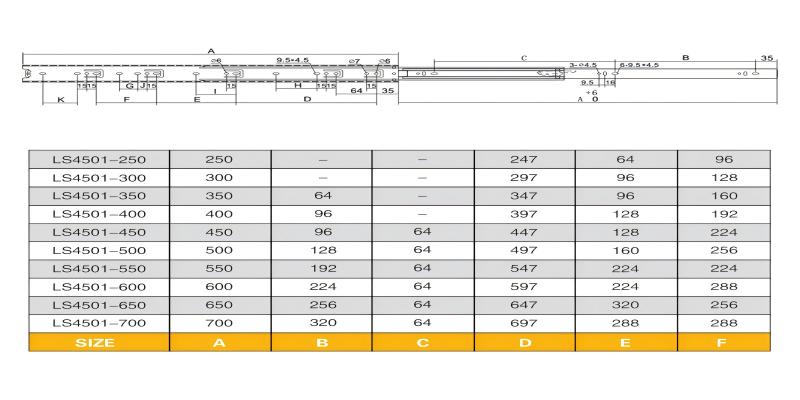
SECTION 2 – Ball-Bearing Drawer Slide: The Workhorse
A ball-bearing drawer slide uses hardened steel balls in races to move the drawer—and that's what makes it so tough. If you need a drawer slide that can handle heavy use, this is it. Pros of a ball-bearing drawer slide? Load ratings from 20 to 50 kg, super smooth motion, and a price tag that won't break the bank. Cons? It's visible when the drawer is open, and basic ball-bearing drawer slide models don't have soft-close—they just slam shut.
Who should choose a ball-bearing drawer slide? Anyone with a garage cabinet holding tools, a utility room drawer storing cleaning supplies, or any space where durability matters more than hiding the hardware. It's the kind of drawer slide that works hard day in and day out, no frills needed.
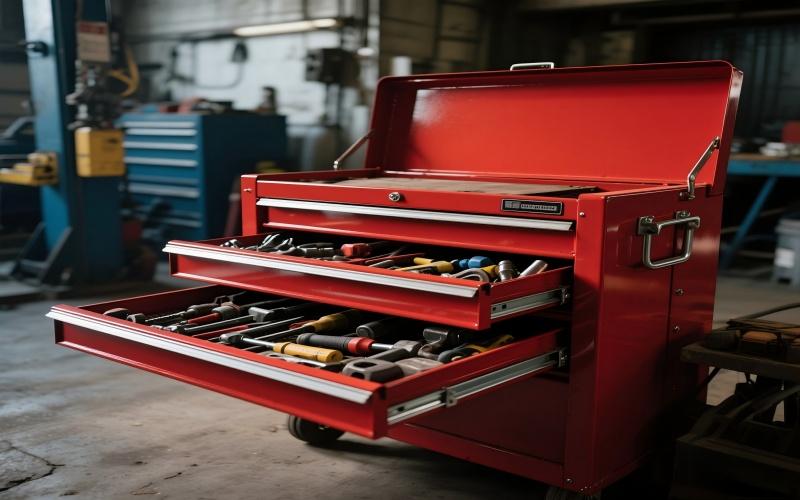
SECTION 3 – Soft-Close Drawer Slide: Silence Is Golden
A soft-close drawer slide takes the reliability of a ball-bearing drawer slide and adds a hydraulic damper. That damper is a game-changer: when you push the drawer closed, the last 2–3 cm slow down automatically, so it shuts gently—no slamming, no pinched fingers, no late-night bangs in the kitchen.
Yes, a soft-close drawer slide costs 20–30% more than a basic ball-bearing drawer slide, but it adds luxury that people notice. Here's a pro tip from our team: your drawer box needs to be perfectly square. A soft-close drawer slide amplifies misalignment, so if the box is off even a little, the slide won't work right. For family kitchens, bedrooms, or any space where quiet matters, a soft-close drawer slide is worth every penny.
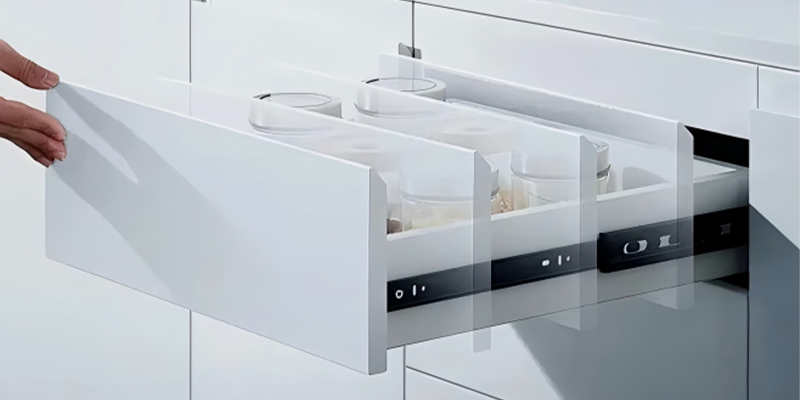
SECTION 4 – Undermount Drawer Slide: The Invisible Upgrade
An undermount drawer slide is all about keeping things clean. It screws to the bottom of the drawer, so when the drawer is open, you don't see any hardware—just a smooth, sleek look tha's perfect for high-end kitchens or modern spaces. Instead of steel balls, an undermount drawer slide uses horizontal rollers, so the motion feels glass-smooth every time you pull it open.
But an undermount drawer slide has a few requirements: you need ½-inch of side clearance in the cabinet, and the drawer bottom has to be thick enough to support the hardware. Retrofitting older drawers with an undermount drawer slide can be tricky too—this is a drawer slide that works best with new builds or full remodels. If you want your cabinets to look expensive and uncluttered, an undermount drawer slide is the way to go.
SECTION 5 – Quick Decision Matrix
Still not sure which drawer slide to pick? Keep it simple:
• If you're storing heavy tools and need to stick to a budget → ball-bearing drawer slide
• If you have a family kitchen and hate slamming drawers → soft-close drawer slide
• If you want a luxury, hidden look for a remodel → undermount drawer slide
Each drawer slide does its job well—you just need to match it to what you need most.
SECTION 6 – Installation & Maintenance Hacks
Even the best drawer slide fails if it's installed wrong. Here's how to get it right:
Use a 3D jig for drilling cup holes. Mis-drilled holes are the #1 reason a drawer slide stops working early—don't skip this tool.
For a soft-close drawer slide, cycle the drawer 20 times after install. The damper self-calibrates, so this step ensures it closes smoothly every time.
Vacuum your ball-bearing drawer slide tracks quarterly. Grit and dust build up fast, and they'll wear out a ball-bearing drawer slide faster than anything else.
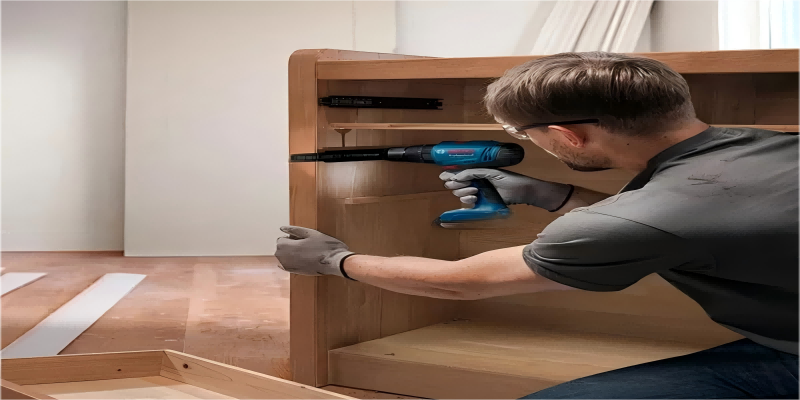
CONCLUSION
There's no "one-size-fits-all" drawer slide—but there is a perfect one for you. Whether you need the brute strength of a ball-bearing drawer slide, the quiet of a soft-close drawer slide, or the hidden look of an undermount drawer slide, the right choice will make every pull feel easy. Measure twice, choose once, and you'll never regret picking the right drawer slide.
CTA
Ready to upgrade your cabinets? Explore our full range of drawer slides—ball-bearing, soft-close, undermount, and heavy-duty—with just one click. Every order comes with step-by-step install guides, and our team offers lifetime technical support to make sure your drawer slide works perfectly, every time.


